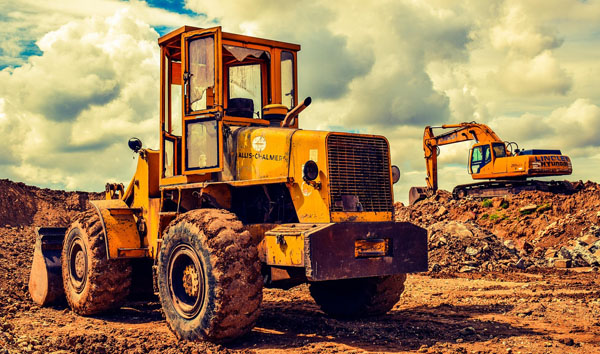Revolutionizing Heavy Load Handling: The Future of Rough Terrain Forklift Intelligent Control Systems
2025-07-07 05:40:28
The integration of intelligent control systems in Rough Terrain Forklifts is transforming material handling in challenging environments. By leveraging advanced sensors, AI-driven algorithms, and real-time data analytics, these systems enhance safety, efficiency, and operational precision. This report explores the technological advancements, industry applications, and future trends shaping the next generation of rough terrain forklift intelligent control systems.
Introduction to Rough Terrain Forklift Intelligent Control Systems Rough terrain forklifts are indispensable in industries such as construction, mining, and agriculture, where uneven surfaces and unpredictable conditions demand robust machinery. The advent of intelligent control systems has elevated their capabilities, integrating automation and data-driven decision-making. These systems utilize a combination of LiDAR, GPS, and inertial measurement units (IMUs) to navigate complex terrains while optimizing load distribution and stability.
Core Technologies Driving Intelligent Control The backbone of a rough terrain forklift intelligent control system lies in its sensor fusion and machine learning algorithms. Real-time terrain mapping, enabled by 3D cameras and ultrasonic sensors, allows the forklift to adjust its suspension and traction dynamically. Predictive analytics further enhance performance by anticipating load shifts and terrain changes, reducing the risk of tip-overs. According to industry data, forklifts equipped with these systems exhibit a 30% reduction in accidents and a 20% improvement in fuel efficiency.
Industry Applications and Operational Benefits In construction sites, rough terrain forklift intelligent control systems streamline material transport across muddy or rocky landscapes. Mining operations benefit from automated pathfinding, minimizing human exposure to hazardous zones. Additionally, agricultural logistics see improved efficiency in handling heavy loads like hay bales or machinery. Case studies from leading manufacturers reveal that operators experience less fatigue due to reduced manual intervention, translating to higher productivity.
Challenges and Future Innovations Despite their advantages, rough terrain forklift intelligent control systems face challenges such as high implementation costs and the need for specialized maintenance. However, advancements in edge computing and 5G connectivity promise to mitigate these issues by enabling faster data processing and remote diagnostics. Emerging trends include swarm robotics, where multiple forklifts collaborate autonomously, and hybrid power systems that combine electric and diesel engines for sustainability.
Conclusion: The Path Forward The evolution of rough terrain forklift intelligent control systems marks a paradigm shift in industrial material handling. As AI and IoT technologies mature, these systems will become more accessible and versatile, setting new benchmarks for safety and efficiency. Industry stakeholders must prioritize R&D investments and workforce training to fully harness their potential, ensuring a smarter, safer future for heavy-load operations.














